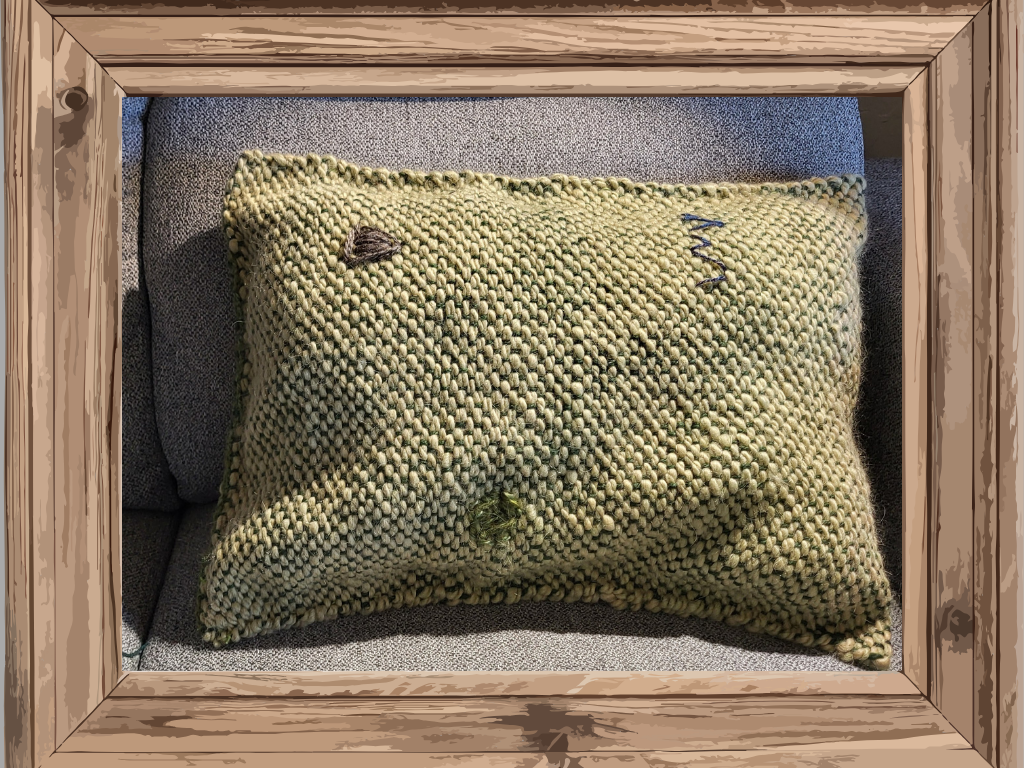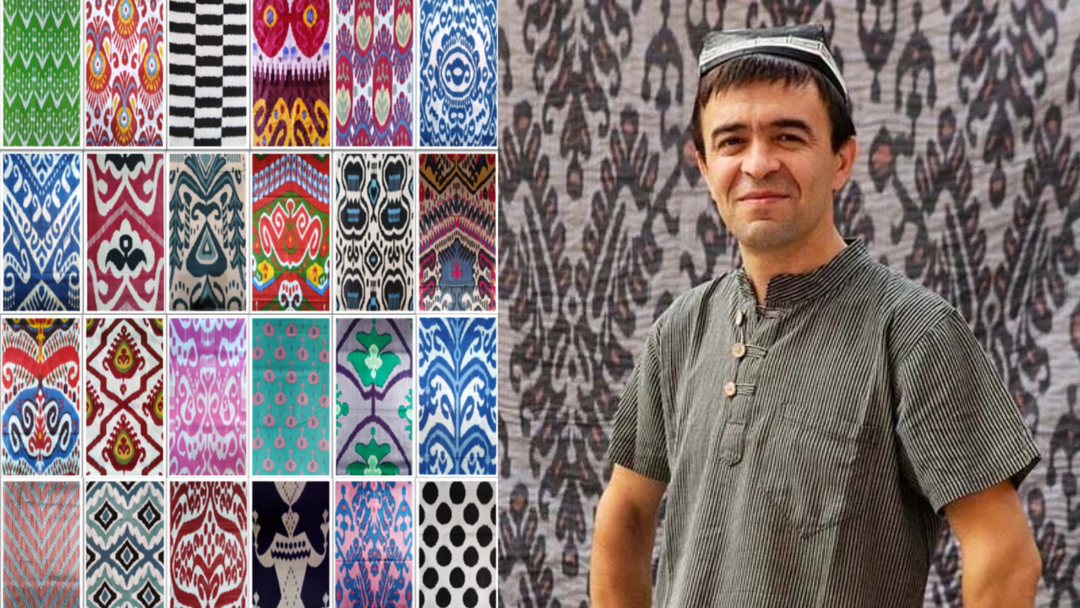In the USA, we’ve been watching the crazy swings of weather across the country. Storm after storm along the west coast, out-of-season tornados, huge snowstorms that shut down much of the air traffic in the country for a few days over the Christmas holidays. But here in Albuquerque, we’ve had barely any snow this winter so far, and the regional drought in the Southwest continues. (Though we did get a dusting of snow yesterday in Albuquerque.)

I just got off a Zoom chat with Munira Akilova, our embroidery master artist from Tajikistan. Her first words were about how cold it is in Ayni, a small town a few hours away from her home in Khujand, where she is working this week. She said everyone is dressed in so many layers that they feel like onions or cabbages. I had a similar conversation with Aziz Murtazaev last week from Tashkent, Uzbekistan.

The latest round of cold weather has hit Central Asia very hard. It’s one of the worst winters in decades. Just as our infrastructure in the USA isn’t prepared to deal with the recent winter extremes, the infrastructure in Central Asia is struggling to cope.
Among some of the recent challenges faced in Central Asia:
- Temperatures in the range of 20-25 degrees below 0 Centrigrade (-4 to -13 degrees in Farenheit)
- Electricity shortages (Remember last year when the entire electric grid in Texas shut down for days?)
- Frozen water pipes
- People being forced to work from home because the roads were too dangerous or impassible (Anzob pass between Khujand and Dushanbe was closed).
- Increased energy costs (and trying to work with the thermostat set very low to save money)
- Livestock dying in the steppes of Kazakhstan (a familiar plight to ranchers and farmers in the drought-stricken Western US)
- Issyk-Kul, the warm lake of Kyrgyzstan freezing over for the first time in memory (check out this video)
- Melting glaciers, which impacts long-term water availability in a region that is very similar to the arid climate of many parts of the Western USA which is facing the current crisis over sharing reduced water in our major river systems (this article describes the impact of glacial melting in Central Asia in more detail)
- Extreme frost destroying onion stocks in Uzbekistan (a familiar story to many farmers in the USA)

When climate change seems to be “over there,” only affecting “other (anonymous) people” and polar bears, it doesn’t seem to be as real or urgent. But when I talk to our artists in Tajikistan and Uzbekistan and hear about how their personal lives, and the lives of their neighbors, are being affected, it takes on a new urgency.
This winter of extremes is reminding me in a very personal way that we all share the same planet. We are all connected, and we are all facing many of the same real day-to-day challenges related to climate change. No “us vs. them” solution will work. It takes global action, by individuals, businesses, and governments everywhere. We can do it if we work together. If we don’t, we’ll all suffer the consequences.







Leave a comment